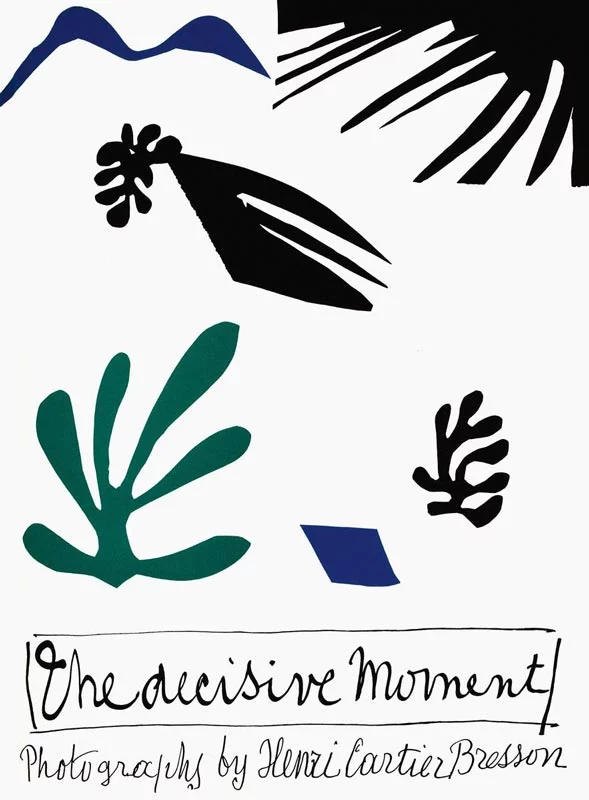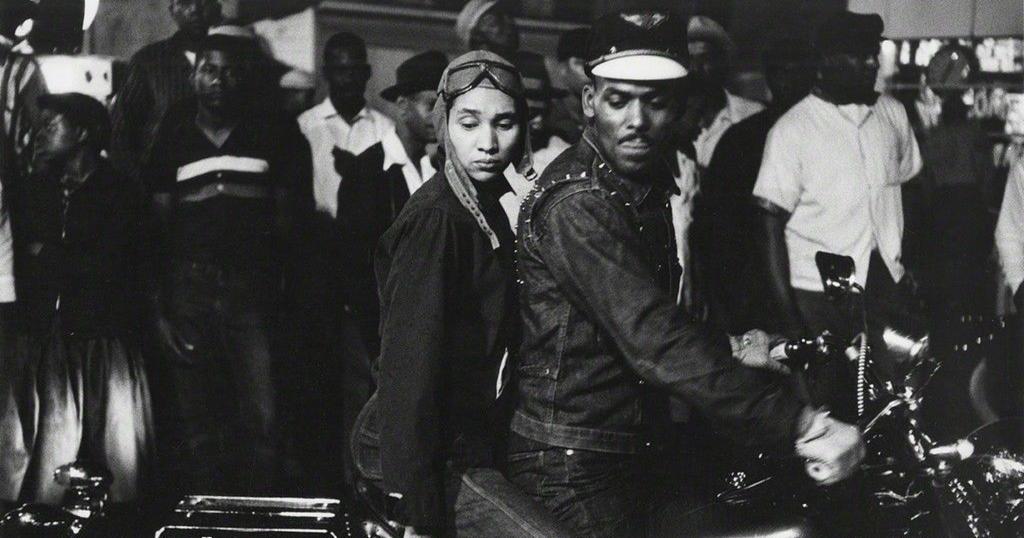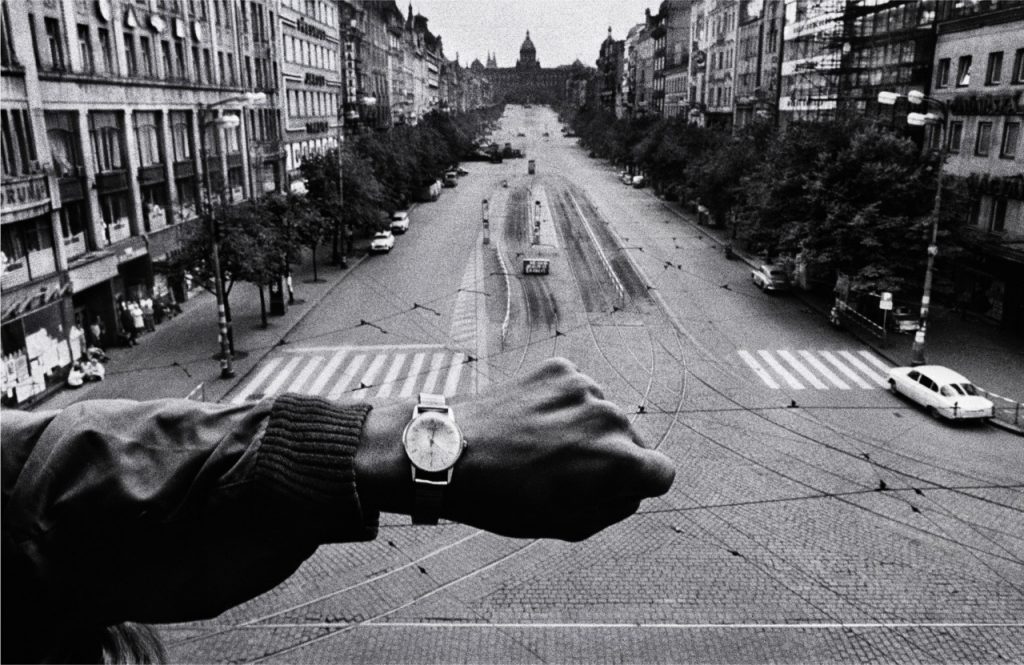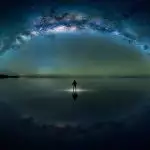Introduction
Let’s talk about photographer books! If I’m working on it, it’s because by discussing with a few friends, I realized that photo books are not a common topic in our days. So it could be useful to discover you the best of all time. Do not hesitate to write to us elsewhere if you need advice, I love discussing books.
Today it’s going to be about the classics, the ultra classic, the grass roots. Let’s say that if all the libraries in the world were to burn at the same time, in the photo department we would save these 5 books to begin with. This is what I mean by “best”, not the prettiest, nor the biggest, nor the most expensive, nor the “plus” anything else.
Only these are the ones whose impact on the history of photography has been so resounding, that it is impossible to do without. If your library already has several dozen books, there is a good chance that you have one of them, and if not, these are purchases/reads that should be very seriously considered before to discuss photography with someone.
This time I did not take the price into account when choosing the books, some are a bit expensive, but they are very good investments.
What is the best photography book for beginners?
I highly suggest you to start with any of these books, and not try to find any technical book. Find inspiration, and the technique you can easily learn on internet for free. But the pleasure to enjoy the photos on paper, it’s much more better than to see on internet.
The best Photographer Books of All Time
Henri Cartier-Bresson: The Decisive Moment
The magazines end up making French fries cones. The books remain.
Henri Cartier-Bresson

Images à la sauvette (The Decisive Moment in North American English version) is one of the greatest photography books ever published, if not THE most important book, so much has it influenced entire generations of photographers.
Released in 1952 by Editions Verve, at the initiative of the publisher Tériade, it brings together the photographs taken by Henri Cartier-Bresson during the first twenty years of his career. The book is divided into 2 parts, the first is devoted to his surrealist period (which I tend to prefer), which goes until the founding of the Magnum Agency in 1947, and the second to his more oriented work. photo journalism, from 1947 to 1952.
The book gives pride of place to images, a large place is given to photographs, the text is only present in the introduction, and for the rest, reduced to captions, it is printed separately on notebooks rejected at the end of each portfolio. The book also lets the photographs express itself by the size it is 37 × 27.4cm, it’s beefy, and of all those in my library, it’s certainly the largest.
This monumental format allows the compositions to flourish and make the eye want to stop there; it has been calculated so as to respect the original proportions of the negative during the layout, whatever the preferred orientation.
Finally, the printing process magnifies the work of Cartier-Bresson, rotogravure was used, implemented by the best specialists of the time. This high-quality process is distinguished by the richness and depth of the semitones, which is also enhanced by the choice of a large paper, with a matt appearance and a felted texture, relatively thick.

In the end, the rendering is extremely close to the original prints. And it is not something that I throw like that, carried away that I am by the ardor of my pen: I went to the exhibition devoted to the work, Henri Cartier-Bresson: The decisive Moment which had taken place at the Foundation of the same name from January 11th to April 23rd, 2017.
Many prints of the images of the book were presented, as well as models, notes, and some autographed versions of the book. I was surprised at how close the reproductions were to the prints, I didn’t expect them to be so close.

The Cover
Finally, we cannot talk about this book without talking about its cover, produced by Henri Matisse, a friend of the author and a great artist. It almost abstractly represents a bird holding an olive branch (black in the center), a mountain (top left), the sun (right), a lake (the blue diamond), and a bush. I have no idea how it relates to the content of the book, but it’s pretty.
Robert Frank – The Americans

It’s relatively easy to describe the impact of Robert Frank’s The Americans, and it’s also easy to remember: it launched all of the North American street photography. No more no less. Once that’s said, you know what kind of caliber you’re dealing with.
We will start by underlining the monument represented by this work with a few figures and a little context. Frank gets a Guggenheim scholarship thanks to which he will travel across the United States for 18 months. He will bring back 23,000 negatives from this trip, and after relentless sorting will produce a book of 83 images.
Let’s take a second, just to understand the madness behind these numbers. Already, he has taken nearly 1,200 photos per month, or more than one film per day, every day, for a year and a half.
But more than that, the skimming gives you an idea of the monstrous editing work behind the book, Frank only presents 0.36% of the work he produced, so 99.64% of what he produced on this year and a half of work has gone in the trash and you will never see it.

But back to the book, it was first published in France by Robert Delpire in 1958 and the following year in the United States. Frank’s work falls far short of the standards of photography of the time, which made it quite difficult for him to find a publisher.
Delpire publishes it in the Essential Encyclopedia collection which basically aimed to present a vision of the people of each country (roughly). Note that in France it was first released with a different preface from that released in the United States (with texts by Simone de Beauvoir in particular).
Currently, only the American version is re-edited and translated, with the preface by Jack Kerouac. The body of the book is put together like a film, where each image complements the previous one, giving the whole a coherent vision.

The book received a more than mixed reception in the United States, in particular for the half-tone portrait it paints of this America in full economic growth, all the more badly taken since it is made by a foreigner (Frank is Switzerland). Under Frank’s gaze, the varnish peels, the class differences in the race for economic prosperity are glaring.
In addition, his technique was unusual for the time, because it was made up of imperfections: play on blurs and focusing, underexposure, reframing, etc. Sales are therefore timid at the beginning, nevertheless helped by the prestige associated with the name of Kerouac.
Sociologist Howard S. Becker wrote of The Americans:
The Americans, the resounding work of Robert Frank, is in a way filled with reminiscences of Tocqueville’s analysis of American institutions, and that of the cultural themes of Margaret Mead and Ruth Benedict. Frank’s photographs, taken in places scattered all over the country, return again and again to themes like the flag, the automobile, race, restaurants, making these artefacts – thanks to the weight of the associations where he roots them. – deep and meaningful symbols of American culture.
HOWARD S. BECKER
Josef Koudelka: Exiles

Known for his images of Gypsies, photographer Josef Koudelka, a member of the prestigious Magnum agency, is the author of a cult book that has also influenced many authors: Exils.
It is arguably the most powerful wind of freedom that has ever blown through photography. Published in 1988, this book is a chronicle of 20 years of wandering across Europe in the 1970s and 1980s, after Koudelka left his native Czechoslovakia invaded by the Soviets.
And when I speak of freedom and wandering, I weigh my words: Koudelka doesn’t take orders (a shame when you work in an agency), he lives for his photography, period. He wanders, on foot, across Europe with his camera and a sleeping bag, that’s all. He sleeps on the side of the road, in the fields, when you want to lodge him, sometimes with friends or with photographers from the agency.
And this wandering, this total wandering, helps to create, through the frankness of Koudelka’s photographs, the exceptional atmosphere of the book. I mean, we all appreciate being a bit alone sometimes, a hike, a long vacation, etc. But the real loneliness, the aimless wandering, over such a long period of time, it is very hard to imagine what it is, what it is like to lead such a life. Well, Exils gives you the most realistic glimpse of it, right from the comfort of your sofa.
I had the opportunity to see prints of this legendary work at the George Pompidou Center, at the Le Fabrique d’Exils exhibition, scheduled following the donation by Koudelka of part of his prints to the Center. It was quite impressive, by their size, their quality, and also because we must remember that photography is not lived only behind a computer, but also in exhibitions (and in books) which both give a closer point of view on the work of the artist as he produced it.

William Eggleston – William Eggleston’s Guide

The book was published following Eggleston’s exhibition at MoMa, edited by John Szatkowski (who is also the preface to the book). William Eggleston’s Guide was one of the first exhibitions of color photographs offered at MoMa, and the book is also one of the first. You have to imagine the shock it caused at the time, when color was considered vulgar, good for advertising and far from artistic canons.
It’s a bit as if, there, tomorrow, the Louvre was organizing an exhibition “The great art of Instagram”… it would make people cringe. But Eggleston greatly appreciated this more than skeptical reception, proof for him that he was going in the right direction (difficult anyway to be a forerunner when everyone agrees with you).
The exhibition and therefore the resulting book forced the art world to give way to color photography, which is no small feat. Especially since Eggleston’s photographs could pass as snapshots of family albums, taken by the average American. On the contrary, they powerfully testify to his mastery of color as an integral part of photographic composition.
As for the book, it is also a great edition, at a more than affordable price. The cover is leather, with the photograph of the tricycle stamped with Eggleston’s name in gold letters (in the style of American class photo albums). It contains 48 images (selected from a set of 375) taken between 1969 and 1971. Legend has it that Eggleston was walking around with a small suitcase containing his colorful images and that it was Szatkowski who helped him select the final content.
In the book, we see people, landscapes, and strange moments in and around the hometown of Eggleston, Memphis: an anonymous woman in a dress with large patterns, her pose is unnatural, frozen, and even stilted without doubts usually not being photographed on an outdoor sofa; a charcoal barbecue, a shiny silver tricycle, the curves of a shiny black car fender; a tiny gray-haired woman in a flowered, pale bathrobe …
Sebastiao Salgado – Genesis
In Genesis, my camera allowed nature to speak to me. Listening was a privilege for me.
SEBASTIÃO SALGADO

If photography was a game, Sebastião Salgado would clearly be in the end bosses. The book I’m about to tell you about, Génésis, is the most recent on the list, but not the least. Salgado is a photojournalist, known for his work on Exodus or Workers.
He decided to retire for a while to his farm in Brazil. It was there that he had the idea for this project: to photograph the earth as it was in its origins, far from the hands of man and of industrial and capitalist society.
The figures are staggering, the project took him 8 years during which he visited 134 countries, on more than 30 trips. During these trips, he traveled by all possible means (on foot, by plane, by boat, by canoe, and even by balloon), to reach the most remote places on the planet. Sometimes in dangerous conditions, Salgado has collected images that show us nature, indigenous peoples and animals in all their glory.
The work is exclusively in black and white, so Salgado has complete control, the rendering is very aesthetic, almost baroque. He wouldn’t have to be ashamed of Ansel Adams’ work.
The book presents a comprehensive view of the most unspoiled areas on earth:
- Animal species and volcanoes of the Galapagos
- Penguins, sea lions, cormorants and whales of Antarctica and the South Atlantic
- Brazilian alligators and jaguars
- Lions, leopards, and African elephants
- An isolated tribe of Zoe deep in the Amazon jungle
- The Korowai people living in the Stone Age in West Papua
- The nomadic Dinka cattle herders of Sudan
- The Nenets nomads and their herds of reindeer in the Arctic Circle
- The Mentawai communities of the islands in West Sumatra
- The icebergs of Antarctica
- The volcanoes of Central Africa and the Kamchatka Peninsula
- The deserts of the Sahara
- The Rio Negro and the Rio Juruá in Amazonia
- The faults of the Grand Canyon
- The glaciers of Alaska…
Salgado sees Genesis as his “love letter to the planet” and it is clearly a landmark letter. We can pass it on to our children, to show them what the planet looked like “before”. A film was made around the story of Salgado and this book, Salt of the Earth, that I highly suggest watching as soon as possible.
Conclussion
Well, even though I feel like I’m pushing open doors by saying that, the selection I’m presenting here is personal. Afterward, I have no doubt that if we did a poll of thousands of photography enthusiasts, these works would undoubtedly come back in the top 10. A subtle and delicate way of telling you that, despite the subjectivity of the article, I cannot be far from the truth.
After, by limiting myself to 5, I inevitably forgot, I invite you to complete the list in the comments if you have one or two titles to suggest.
Finally, note that you can afford all this for $500 ($150 without the Decisive Moment, which you can find cheaper in french here). That’s barely the price of a low-quality zoom, and probably 1/3 of what a travel camera costs. Isn’t that crazy? All this culture, this history of photography, for so little. Let me point this out because we are lucky, I mean, a lover of sculpture, he can’t afford the 5 greatest works of all time for this price. And even books (in two dimensions) do not have the same proximity to the original works. We are still lucky!
Now that you get inspiration check out this:





